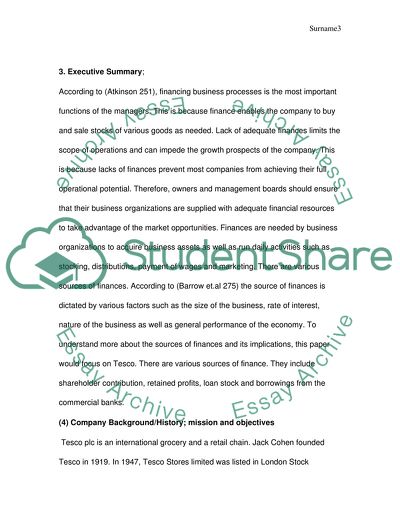Cite this document
(Choice of Appropriate Business Financing for Tesco Case Study, n.d.)
Choice of Appropriate Business Financing for Tesco Case Study. Retrieved from https://studentshare.org/finance-accounting/1736712-business-accounting
Choice of Appropriate Business Financing for Tesco Case Study. Retrieved from https://studentshare.org/finance-accounting/1736712-business-accounting
(Choice of Appropriate Business Financing for Tesco Case Study)
Choice of Appropriate Business Financing for Tesco Case Study. https://studentshare.org/finance-accounting/1736712-business-accounting.
Choice of Appropriate Business Financing for Tesco Case Study. https://studentshare.org/finance-accounting/1736712-business-accounting.
“Choice of Appropriate Business Financing for Tesco Case Study”. https://studentshare.org/finance-accounting/1736712-business-accounting.


